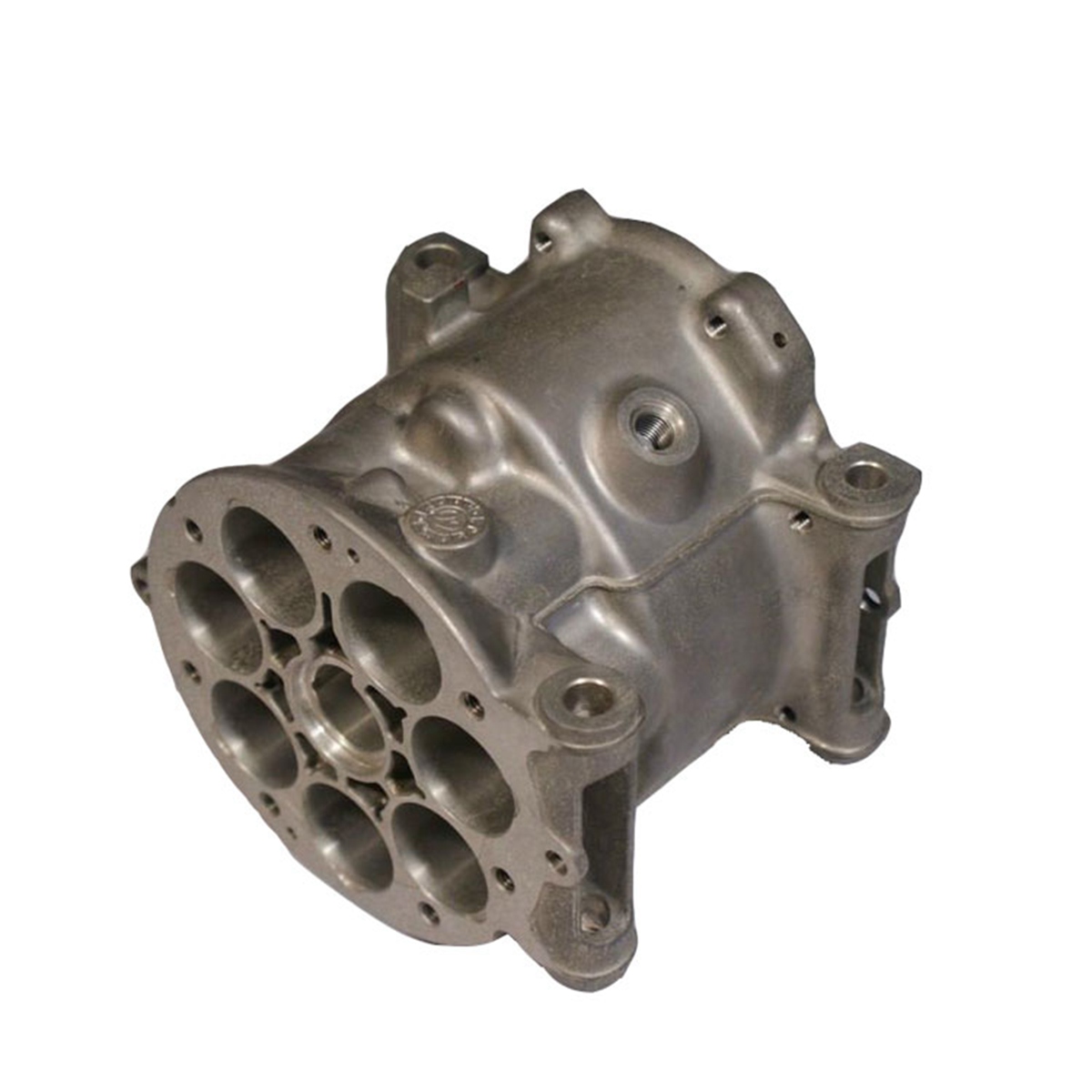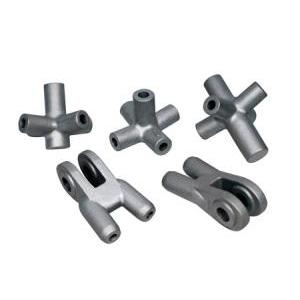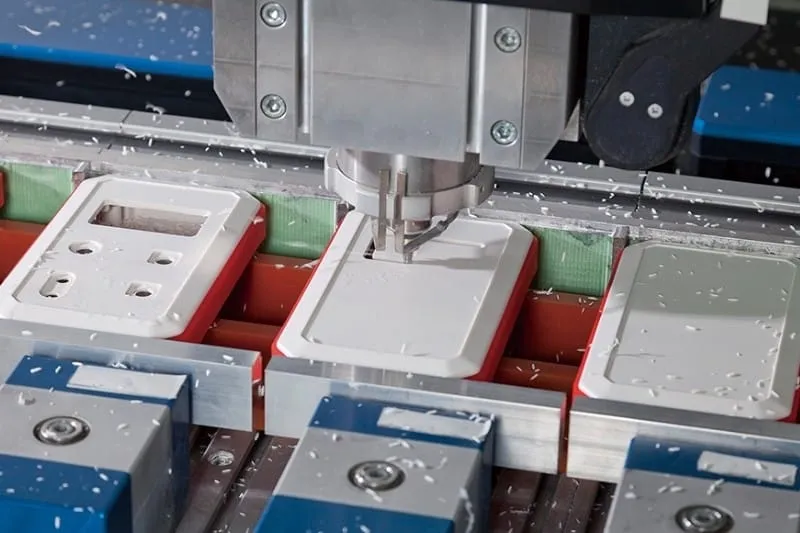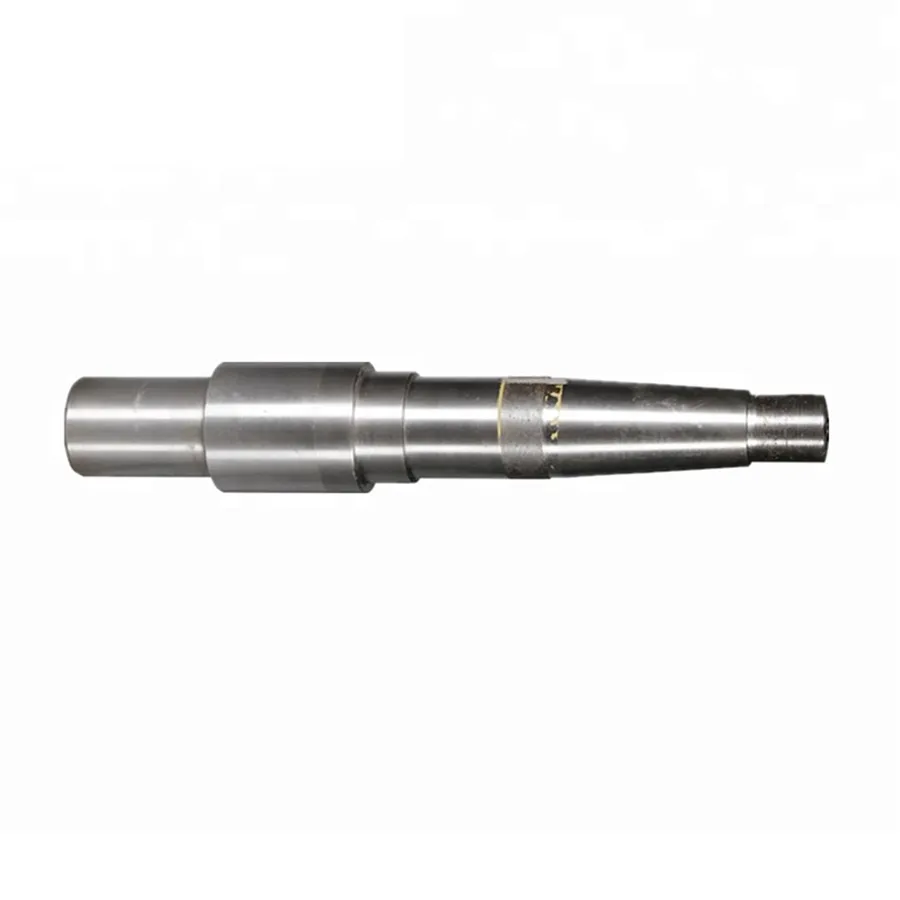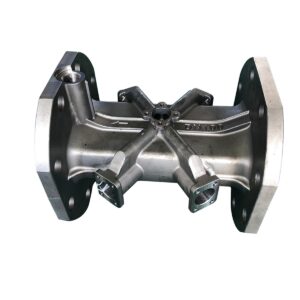
Removing rust (iron oxide) from metal is a critical process for restoration, maintenance, and preparation for painting or coating. The chosen method depends on the type of metal, the extent of corrosion, the item’s size and shape, available tools, and safety considerations.
These methods can be broadly categorized into Mechanical, Chemical, Electrolytic, and Thermal techniques.
- Mechanical Methods
These methods involve the physical removal of rust through abrasion or impact. They are ideal for surface rust and preparing metal for painting.
- Manual Abrasives (Hand Tools)
Description: Using hand tools to scrape, sand, or wire-brush the surface.
Tools: Wire brushes, sandpaper, emery cloth, scraping tools, abrasive pads (e.g., Scotch-Brite).
Best For: Small projects, tight corners, light surface rust, and final surface smoothing.
Pros: Inexpensive, high level of control, no chemicals required.
Cons: Labor-intensive, time-consuming, ineffective for heavy rust or pitting.
- Power Tools
Description: Using power tools to dramatically speed up the abrasive process.
Tools:
Angle Grinders / Drills: Fitted with wire brush wheels, abrasive flap discs, or grinding discs.
Sandblasting (Abrasive Blasting): Propelling abrasive media at high velocity onto the metal surface. Media types include sand, glass beads, walnut shells, or steel shot.
Needle Scalers: Use a series of rapidly pulsating needles to chip away rust and scale, perfect for uneven surfaces like weld seams and cast iron.
Best For: Rapid removal of moderate to heavy rust from larger surfaces. Sandblasting is excellent for complex geometries and complete stripping.
Pros: Very fast and effective. Provides a superior profile for paint adhesion (especially sandblasting).
Cons: Can be aggressive and remove base metal if not careful. Creates a lot of dust/debris; requires proper safety equipment (respirator, goggles, hearing protection).
- Chemical Methods
These methods use chemical reactions to dissolve or convert rust into a stable compound.
- Acid-Based Rust Removers
Description: Acids react with iron oxide to dissolve it. Common active ingredients include phosphoric acid, hydrochloric (muriatic) acid, and oxalic acid.
Process: The metal part is immersed in or coated with the acid solution for a specified time, then neutralized and rinsed thoroughly with water.
Best For: Intricate parts where mechanical methods are impractical, and for complete immersion.
Pros: Very effective at penetrating pits and complex shapes. Can leave a protective phosphate layer (with phosphoric acid).
Cons: Can be hazardous; requires careful handling, ventilation, and proper disposal. Can etch the base metal if left for too long.
- Rust Converters
Description: These are not removers but converters. They contain tannins (plant-based acids) and/or polymers that chemically convert iron oxide (red rust) into a stable, black protective coating called magnetite. This black layer prevents further corrosion and can be painted over.
Process: Applied directly over solid rust after loose scale has been removed. It penetrates and transforms the rust.
Best For: Large, fixed structures (e.g., car frames, railings, fences), heavily rusted surfaces that are difficult to strip completely.
Pros: Easy to apply (brush or spray). No need for extensive rust removal. Eco-friendly options available.
Cons: Does not remove rust, only converts it. The surface must be painted over for a finished look. Not suitable for items where dimensional accuracy or a clean metal look is required.
- Electrolytic Rust Removal
This is a highly effective and safe method that uses electrolysis to reverse the corrosion process.
Description: The rusty item (the cathode) is submerged in an electrolyte solution (typically washing soda/water). A piece of scrap steel (the anode) is also submerged. When a low-voltage DC current is applied, the rust is converted back to iron, and the oxygen is “pulled” off the part and onto the anode.
Setup: Battery charger/DC power supply, plastic container, electrolyte (e.g., sodium carbonate), sacrificial anode.
Best For: Precision tools, antique restoration, intricate parts where you want to preserve the base metal.
Pros: Non-destructive to the base metal. Very effective at cleaning out deep pits. The solution is non-hazardous.
Cons: Requires a specific setup and careful attention to safety (produces flammable hydrogen gas). Only works on ferrous metals. The process can take several hours.
- Thermal Methods
Description: Using intense heat to break the bond between the rust and the base metal. The extreme thermal shock causes the rust to flake and pop off.
Tools: Oxygen-acetylene torch (flame cleaning).
Best For: Thick rust scale on large steel plates, industrial applications.
Pros: Extremely fast for heavy scale.
Cons: Requires professional skill and equipment. High fire risk. Can warp thin metal and alter the metal’s heat treatment. The resulting surface must be wire-brushed immediately and is highly susceptible to “flash rusting,” so it must be primed quickly.
Safety First!
Regardless of the method, always prioritize safety:
Eye Protection: Safety goggles are mandatory.
Respiratory Protection: Wear a respirator when sanding, grinding, sandblasting, or using chemicals.
Skin Protection: Wear chemical-resistant gloves and long sleeves when handling acids or other chemicals.
Ventilation: Work in a well-ventilated area, especially when using chemical strippers or electrolysis.
Summary Table
| Method | Principle | Best For | Pros | Cons |
| Mechanical (Manual) | Physical Abrasion | Small items, light rust, fine details | Cheap, high control | Slow, laborious |
| Mechanical (Power) | Physical Abrasion | Large areas, heavy rust | Fast, effective | Messy, can damage metal |
| Chemical (Acid) | Chemical Dissolution | Intricate parts, immersion | Penetrates deeply | Hazardous, can etch metal |
| Chemical (Converter) | Chemical Conversion | Large structures, heavy rust | Easy, no full stripping needed | Doesn’t remove rust |
| Electrolytic | Electrochemical | Delicate items, preservation | Safe for base metal, thorough | Requires setup, slow |
| Thermal | Thermal Shock | Industrial heavy scale | Very fast for thick rust | Dangerous, warps metal |
The best approach is often a combination of methods—for example, using a wire wheel to remove bulk rust followed by a chemical treatment or converter to handle any remaining residue in pits.

